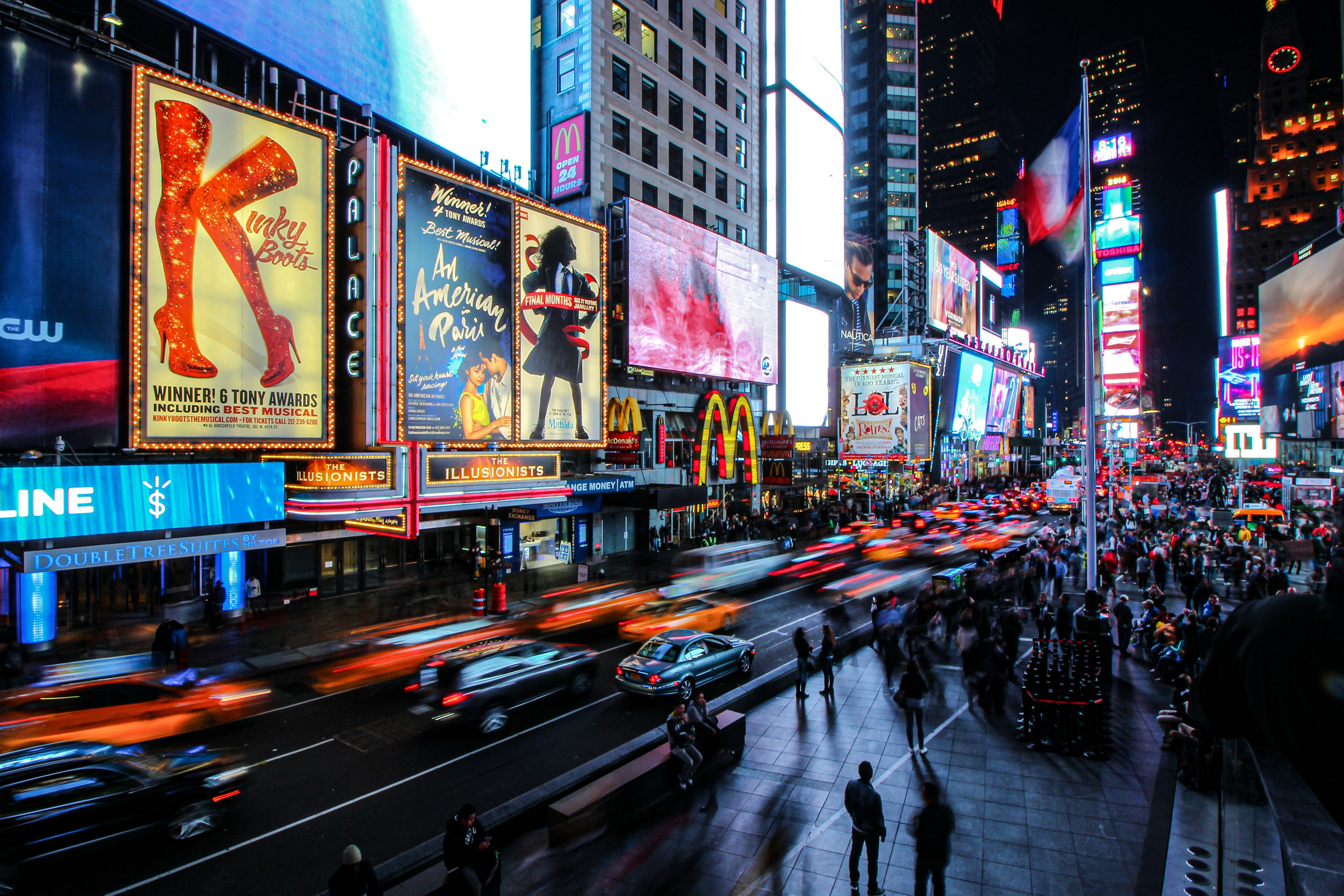Living in a designed world

A few weeks ago, some friends and I were discussing allergies. We noticed that, of the friends who had nut allergies, almost all of them were people we jokingly called coastal elites, having grown up in major cities on the East and West coast. Anecdotally, the rate of food allergies among children of the interior was much lower.
Turns out this wasn't just armchair science. A 2012 study by Gupta and colleagues found that nearly 1 in 10 urban children suffer food allergies, making them 38% more allergy-prone than their rural counterparts.
What makes children of the interior different from coastal elites? While urban kids were being shuttled from ballet class to chess club, my friends and I were mostly rolling about in the muck. Although I am more suburban than rural, most people I grew up with have some story of taking apart an acorn to find a worm, or playing with airsoft guns in the forest. All of these activities involve time in nature.
So what’s the big deal? Time spent in nature probably has something to do with allergies. In the past 2 decades, this narrative has become so common it's cliche. Concerted cultivation, we are told, takes kids away from nature, away from unexpected experiences, and makes them more allergic and anxious then ever — these two symptoms being the physical and mental manifestations of an overly sheltered childhood. Ink has been spilled and mechanical keyboards rent over the generation of Ivy League grads trodding a charted course because their childhood never awarded independent thinking. Call it the coddling of the American mind.
Concerted cultivation is an easy target because we all see the consequences — and it plays into the mythos of bygone golden days. But it is only one instance of a much broader phenomenon, which is our existence in spaces designed by humans.
Consider the average day in New York. You wake up and you brush your teeth — using a toothbrush and toothpaste that someone designed. The packaging on your mouthwash tells you what a great job you've done, killing the 99.99% of bacteria in your mouth. Then you put on human-designed clothes, walk out of your designed apartment, and take a well-trodden commuting path to your office. If you're like most white collar workers, your day will consist of navigating programs that other people have created: Word, Google Docs, Outlook, Excel... Your leisure will be equally infected with design, from the interior decor of your favorite dinner spot to the movie you watch to wind down.
Every single one of these experiences shares the fact that some person, some time ago, spent hours obsessing over the details of your customer journey. They studied the pain points and streamlined the experience. They may — as the oft-dysfunctional subway would suggest — have done a mediocre job anticipating your needs, but you know that each experience was designed with intention. Rarely, in a city, do you encounter anything that cannot be analyzed via its designer's intentions.
This is a remarkable development — living in a world structured by human intentions. It transforms the way we see the world. Philosopher Daniel Dennett describes three levels at which we perceive objects. ^1 The physical stance makes predictions based on material properties of the object. The design stance makes predictions based on the purpose of the object. And the intentional stance makes predictions by attributing agency and hidden beliefs to the creator of the object.
For instance, you can look at a bird and understand how its aerodynamic properties enable it to create lift. You can look at the bird's wing in terms of its evolutionary purpose, and predict that the bird will likely fly when it flaps its wings. These would be the physical and design stances.
In contrast, the intentional stance allows us to infer "aboutness." When you see the leaf of an agave plant, you are inclined to see it as just a triangle, and perhaps infer its evolutionary purpose. When you see a human draw a triangle, you sense that it is not just a triangle, but also refers to the general concept of a triangle. Based on the worldly form of the triangle, we infer its Platonic ideal. In other words, "aboutness" lets us draw the connection from symbols to the ideas they represent.
Imagine if we considered the bird in an intentional stance. The natural conclusion would be that the bird is not just a bird, but a physical manifestation of someone's mental concept of a bird. That someone would be none other than God the creator.
Based on Dennett's intentional stance, Richard Dawkins posits that humans, being social creatures, are hardwired to search for signs of intentional design. For a human in nature, this search for underlying meaning would yield beliefs in a Creator figure, hence the prevalence of anthropomorphic creation myths across cultures. For a human in an urban environment, the same stance leads to insights about products, engineering, and markets.
While both religious fanatics and designers spend time thinking in the intentional stance ("Who designed this system? What were their goals?"), the key difference is that designers work within human systems, which they know are fallible, whereas religious figures work within a divine system that is seen as dogmatically true.
Since moving to New York, I've noticed myself taking the intentional stance more often than before. Rather than asking questions about physical reality, I am increasingly asking about the minds of the people who designed the systems I inhabit. I think this could be a natural consequence of urban life. Practically speaking, the dominance of the built environment leads urbanites to identify problems in existing systems and design improvements. Philosophically speaking, the same dominance lends credence to the insight that intelligent life, as David Deutsch has pointed out, should be considered alongside mass, energy, and gravity as a fundamental physical force in the universe.[^3]
Living in cities involves a kind of Promethean exchange. As Yuval Noah Harari would put it, we have traded meaning for power. [^2] In exchange for this power, we suffer not only the physical symptoms of allergies but also a condition of spiritual loss. It seems that, by expanding the intentional stance, we might recover our sense of bewilderment.
[^2]: From Harari's Homo Deus: "Modernity is a surprisingly simple deal. The entire contract can be summarised in a single phrase: humans agree to give up meaning in exchange for power."
[^3]: From The Beginning of Infinity: "It follows that humans, people and knowledge are not only objectively significant: they are by far the most significant phenomena in nature – the only ones whose behaviour cannot be understood without understanding everything of fundamental importance."
